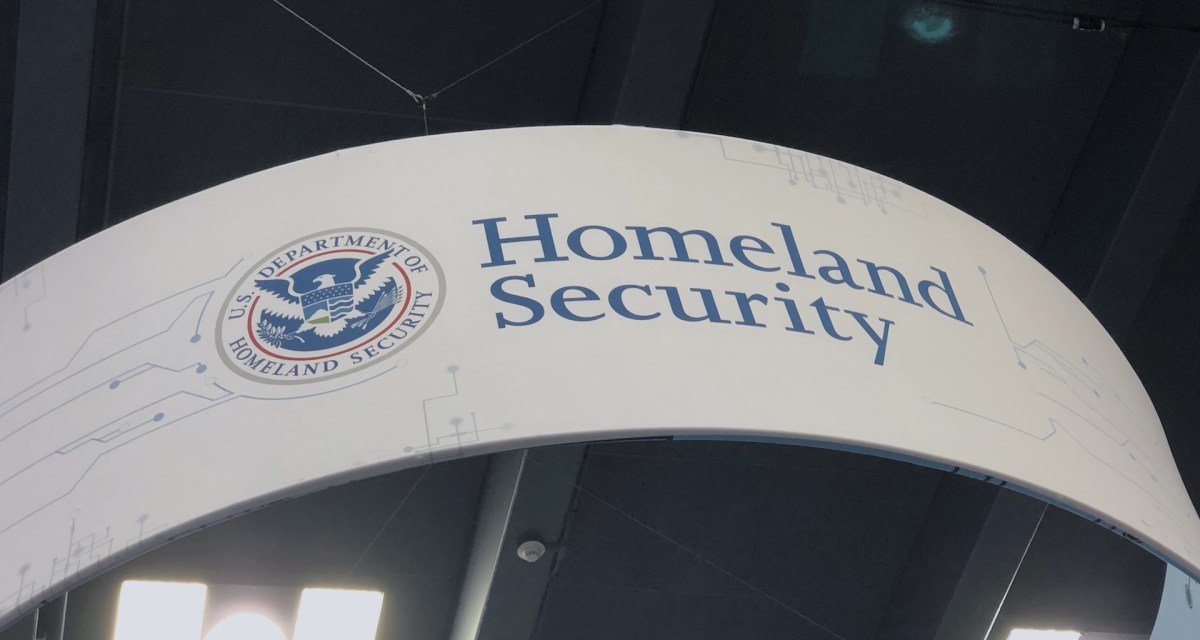ICE lacks automated technology to identify imports at high risk for money laundering, watchdog says

U.S. Immigration and Customs Enforcement doesn’t have automated technology to identify imports at high risk for trade-based money laundering and lacks staffing needed to identify those schemes, an agency watchdog found.
Those technology and staffing issues mean imports related to trade-based money laundering schemes “will continue to go undetected, thus allowing transnational criminal organizations to finance activities, threatening U.S. national security,” the U.S. Department of Homeland Security’s inspector general found in a recent report.
In lieu of automated technologies, the report found ICE currently identifies trade-based money laundering risks through “time-consuming” manual searches of import records. The inspector general pointed to funding constraints and competing priorities as reasons the agency hasn’t developed a technology to aid those efforts.
The report included two recommendations: That the executive associate director for homeland security investigations develop and implement a plan for upgrading ICE’s Data Analysis & Research for Trade Transparency System — which the agency uses to analyze U.S. and foreign trade data to identify anomalous patterns — including estimating funding needed and a timeline; and conduct an analysis of the Trade Transparency Unit’s workforce to determine what additional staff is needed.
In a response included in the report, ICE agreed with the recommendations and described its current work to achieve them. ICE said it established work plans and the estimated completion date for adding advanced analytics features, including identifying trade-based money laundering, is March 31, 2025.
ICE also said it conducted a workforce survey, which it will submit to its chief financial officer for approval, and has requested staffing increases through the annual process. It estimated that recommendation will be completed by March 29, 2024.






